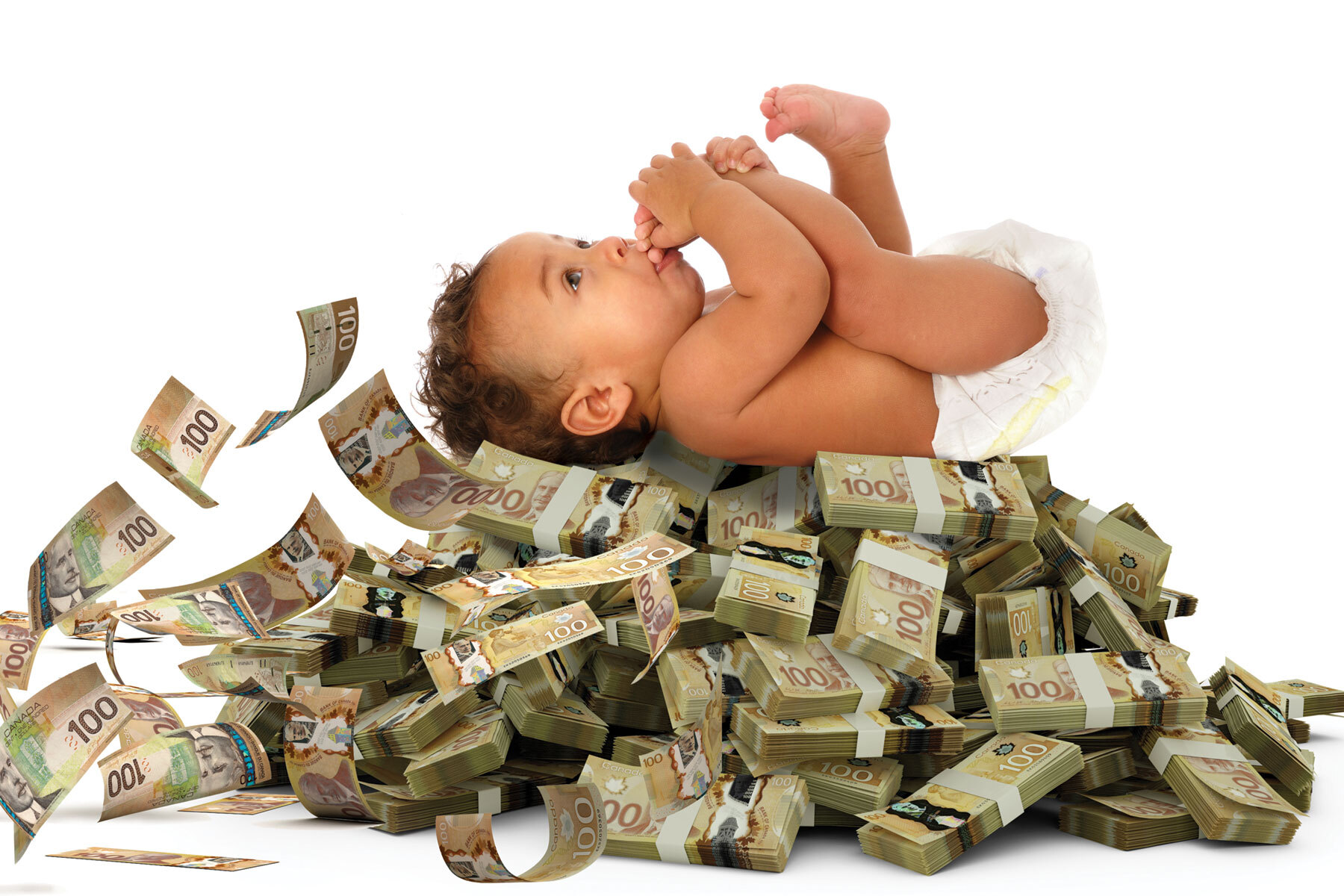It's possible. Parity is just 5 per cent away and the euro has traded below that level before - once in the early 2000s and again for a few months in 2022, when US interest rates were rising faster than euro zone ones as Europe grappled with the energy price surge that followed the war in Ukraine. For traders, the $1 mark is a key psychological level.
So a fall below here could exacerbate negative euro sentiment, leading to a further depreciation. Big banks including JPMorgan and Deutsche Bank reckon a drop to parity could happen, depending on the extent of tariffs. Tax cuts could also fuel US inflation and limit Federal Reserve rate cuts, making the dollar potentially more attractive than the euro.
A weak currency typically raises the cost of imports. That can lead to prices of food, energy and raw materials rising, aggravating inflation. Since hitting double digits two years ago, inflation has fallen quickly so the hit to prices from currency weakness shouldn't be a big worry for now.
Most economists see inflation back at its 2 per cent target next year after some volatility at the end of 2024. Conversely, a fall in the euro makes exports cheaper - good news for Europe's automakers, industrials and luxury retailers, for example, and for individuals or investors with overseas incomes. It's especially positive for Germany.
Long-considered Europe's export engine, the German economy has suffered from a number of headwinds including a weak Chinese economy. Not necessarily. Many .


















